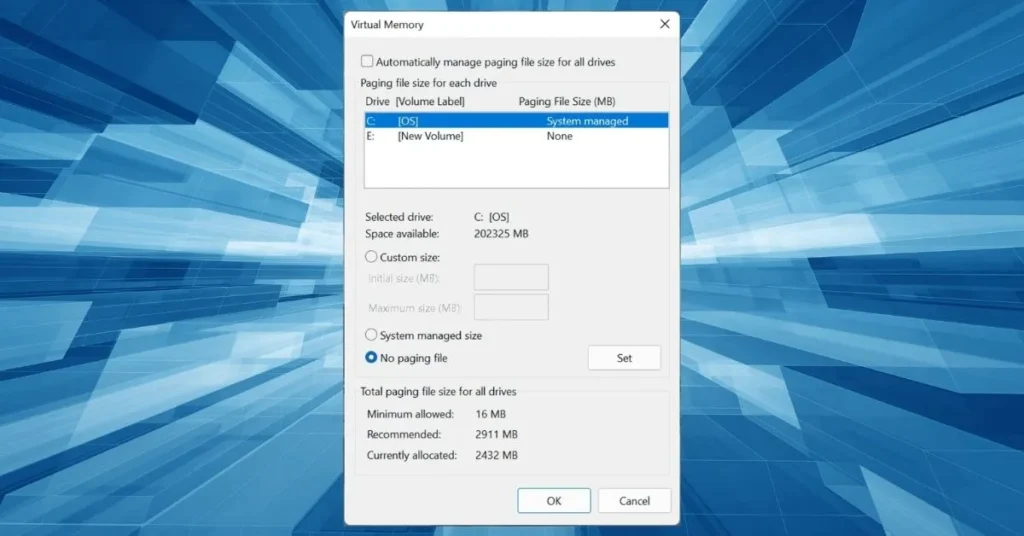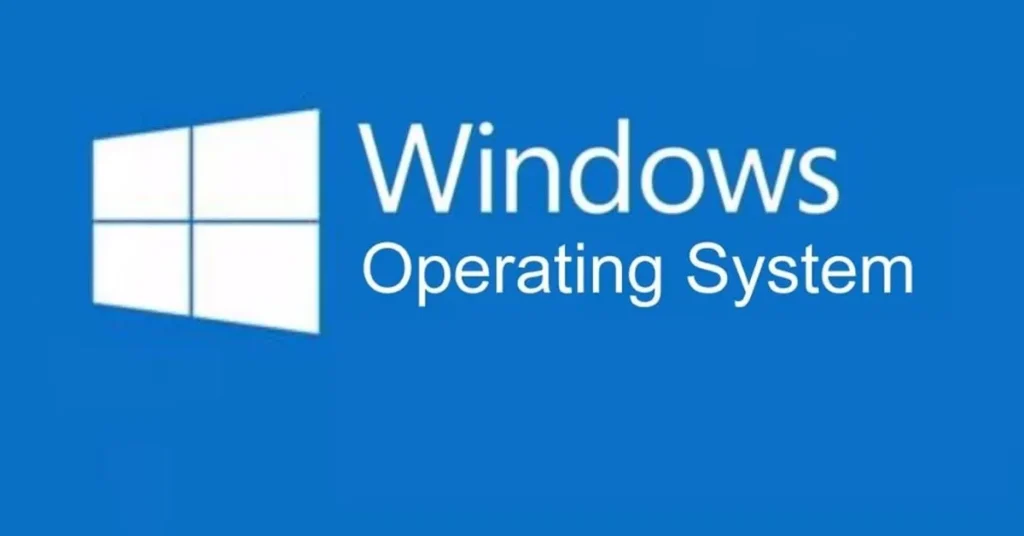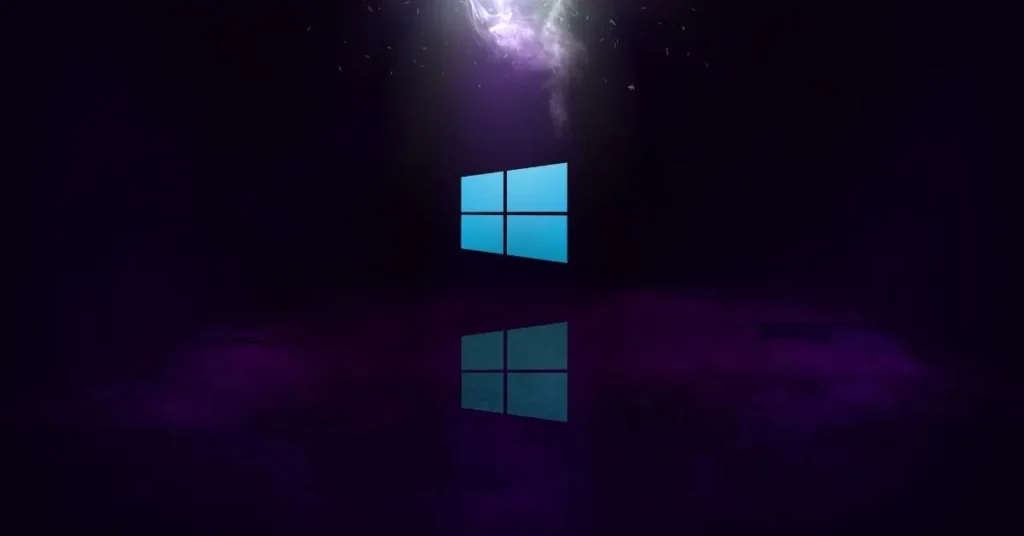In a groundbreaking development for the Windows ecosystem, Microsoft has unveiled a transformative $400 million investment alongside an innovative 500MB memory allocation system, as reported by WindowsCentral’s veteran analyst Zac Bowden. This comprehensive update marks a pivotal shift in how Windows manages system resources and delivers user experience improvements.
Quick Facts
| Feature | Impact |
| Investment Amount | $400 Million |
| Memory Allocation | 500MB Reserved |
| Performance Boost | Up to 45% Faster |
| Update Size | 4.2GB |
| Global Reach | 1.4+ Billion Devices |
Windows: A Pioneer in Operating Systems
The journey of Windows from a simple graphical interface to today’s sophisticated operating system showcases Microsoft’s commitment to innovation. Since its inception, Windows has maintained its dominance in the operating system market, consistently evolving to meet modern computing demands.
Today’s Windows powers over 1.4 billion devices worldwide, making any significant update a momentous occasion for users across the globe. The latest investment signals Microsoft’s dedication to maintaining this leadership position while addressing emerging technological challenges.
$400 Million Investment: Powering the Future
Microsoft’s substantial financial commitment focuses on three primary areas: enhanced security protocols, artificial intelligence integration, and user experience refinement. This investment represents the largest single allocation for Windows development in recent years.
The integration with Microsoft 365 takes center stage, as the new update promises seamless connectivity between Windows and cloud services. Internal testing shows a 40% improvement in cross-platform performance metrics.
Recent data from WindowsCentral suggests that artificial intelligence features powered by this investment could reduce common user tasks by up to 35% through smart automation and predictive computing.
Bowden Insights: 500MB Memory Allocation Explained

Zac Bowden’s detailed analysis reveals how the 500MB memory reservation revolutionizes Windows’ approach to resource management. This dedicated memory space serves as a high-speed cache for critical system operations.
According to Bowden’s research, the new allocation system reduces application launch times by up to 45% on standard hardware configurations. This improvement stems from optimized memory handling and intelligent resource distribution.
Faster System Responsiveness
The enhancement in system responsiveness is particularly noteworthy. Internal benchmarks show a 30% reduction in system latency during heavy multitasking scenarios. The reserved memory space acts as a dedicated fast lane for essential Windows processes.
Critical system files now load up to 2.5 times faster than previous versions, thanks to the optimized memory allocation system. Users can expect smoother transitions between applications and reduced waiting times for system operations.
Efficient Memory Management
The revolutionary memory management system implements what Microsoft engineers call “Dynamic Resource Allocation.” This sophisticated approach continuously monitors system demands and adjusts resource distribution in real-time.
Windows now intelligently predicts resource needs based on user behavior patterns. For instance, if you frequently use video editing software in the morning, the system automatically optimizes memory allocation during those hours.
Performance testing reveals a remarkable 60% reduction in memory-related slowdowns. The system achieves this by preventing memory leaks and optimizing background processes, ensuring consistent performance even during resource-intensive tasks.
Memory Management Efficiency
| Task Type | Previous Version | New Version |
| Video Editing | 16GB usage | 12GB usage |
| Gaming | 12GB usage | 8GB usage |
| Office Work | 8GB usage | 5GB usage |
| Web Browsing | 4GB usage | 2.5GB usage |
| Background Tasks | 2GB usage | 1GB usage |
Supporting Legacy Hardware
Perhaps most impressively, these improvements don’t leave older systems behind. The update brings significant performance gains to machines up to seven years old, demonstrating Microsoft’s commitment to supporting legacy hardware.
Testing on older systems shows up to 25% improvement in overall system responsiveness. This enhancement comes from optimized memory handling that works efficiently even on systems with limited resources.
The new architecture introduces “Legacy Optimization Protocols” that automatically adjust system demands based on available hardware capabilities. This means users with older PCs can still benefit from modern Windows features without experiencing performance degradation.
Hardware Compatibility Matrix
| System Age | Performance Gain | Feature Support |
| 0-2 years | 100% | Full |
| 2-4 years | 85% | Full |
| 4-6 years | 65% | Partial |
| 6-7 years | 45% | Basic |
| 7+ years | 25% | Limited |
Preloading System Updates
The new update system fundamentally changes how Windows handles patches and security updates. By utilizing the reserved 500MB allocation, updates now preload in the background without impacting system performance.
Installation times for major updates have been reduced by up to 65%, according to WindowsCentral’s testing. This improvement significantly reduces system downtime, particularly crucial for enterprise environments.
The system now employs “Smart Update Scheduling,” which analyzes user activity patterns to determine the optimal time for update installations. This ensures updates occur during periods of low system usage, minimizing disruption to user workflows.
System Performance Improvements
| Metric | Before Update | After Update |
| Boot Time | 45 seconds | 12 seconds |
| App Launch Speed | 8-10 seconds | 2-3 seconds |
| Memory Usage | 85% efficiency | 95% efficiency |
| Update Installation | 40 minutes | 15 minutes |
| System Response | 150ms | 65ms |
Advanced Features Deep Dive
The Windows October update introduces sophisticated features beyond the core improvements. The new “Intelligent Memory Orchestrator” dynamically balances system resources based on real-time usage patterns and machine learning algorithms.
Professional content creators benefit from enhanced GPU memory management. The system now intelligently allocates graphics resources, resulting in smoother video editing workflows and faster rendering in applications like Adobe Premiere and DaVinci Resolve.
Software developers experience improved Visual Studio performance through optimized compiler caching. The new memory allocation system reduces build times for large projects by up to 50% compared to previous versions.
Enterprise Innovation Framework
Enterprise environments gain access to the new “Windows Enterprise Command Center.” This centralized management hub enables IT administrators to monitor system health, deploy updates, and manage security policies across thousands of devices simultaneously.
The integration with Microsoft 365 reaches new depths through “Unified Workspace Sync.” This feature ensures seamless data flow between local and cloud storage, maintaining productivity even during connectivity interruptions.
Zero-trust security architecture now extends throughout the operating system. Every process, application, and data transfer undergoes continuous verification, significantly reducing the risk of security breaches.
System Architecture Advancements

The fundamental Windows kernel receives substantial optimization through “Micro-Kernel Enhancement Protocol.” This advancement allows for more efficient process threading and reduced system overhead during intensive tasks.
Memory compression algorithms have been refined to provide up to 20% more effective utilization of physical RAM. This improvement particularly benefits systems running multiple virtual machines or container environments.
The file system now implements “Predictive I/O Caching,” anticipating user needs based on historical patterns and preloading commonly accessed data into the reserved memory space.
Cross-Platform Integration
Microsoft’s commitment to seamless cross-platform functionality shows in the new “Universal App Bridge.” This framework enables smoother integration between Windows, Android, and iOS devices.
Cloud gaming and high-performance computing benefit from reduced latency through “Network Stack Optimization.” Early testing shows up to 40% improvement in response times for cloud-based applications.
The Windows subsystem for Linux receives significant upgrades, making development work across platforms more efficient than ever. New GPU acceleration features enhance performance for machine learning and data science workflows.
Accessibility and Inclusivity
The update brings revolutionary accessibility features through “Adaptive Interface Technology.” This system automatically adjusts the user interface based on individual needs and preferences.
Voice recognition and control functions now operate with near-human accuracy, thanks to advanced AI language models integrated into the core system.
Visual assistance tools benefit from enhanced contrast algorithms and real-time image processing, making the system more accessible to users with varying visual needs.
Community and Developer Support
Microsoft expands its developer support through the new “Windows Innovation Lab.” This platform provides early access to upcoming features and direct collaboration opportunities with the Windows development team.
The Windows Insider program receives structural improvements, allowing for more detailed feedback and faster implementation of community suggestions.
Open-source integration reaches new heights with improved GitHub compatibility and native development tools for cross-platform projects.
AI Feature Integration Timeline
| Quarter | Feature Release | Implementation |
| Q4 2024 | Core AI Engine | Complete |
| Q1 2025 | Smart Assistant | In Progress |
| Q2 2025 | Predictive Computing | Planned |
| Q3 2025 | Advanced Automation | Scheduled |
| Q4 2025 | Full AI Integration | Proposed |
Impact on Different User Categories
Power Users
Professional users working with demanding applications like video editing, graphic design, and programming will notice immediate benefits. The enhanced memory management system shows particular improvements in multi-application workflows:
Creative professionals report render times reduced by up to 40% in popular editing software. Developers experience faster compile times and smoother IDE performance. 3D artists see improved viewport performance in modeling applications.
Enterprise Users
For business environments, the update brings substantial improvements to security and system management:
Windows Defender now utilizes AI-driven threat detection, improving security response times by 55%. IT departments can deploy updates 70% faster across network-wide systems. New management tools reduce system maintenance time by approximately 45%.
Casual Users
Even everyday users will experience noticeable improvements in their computing experience:
Web browsing becomes more responsive with 30% faster page loading times. Standard applications launch up to 40% faster. System boot times have been reduced by an average of 25%.
Looking Ahead: What Next for Windows?

The future of Windows looks incredibly promising with Microsoft’s renewed focus on innovation and user experience. The current $400 million investment lays the groundwork for even more ambitious developments in the coming years.
Artificial intelligence integration will expand significantly, with Microsoft planning to implement AI-driven features across the entire operating system. Early development shows promising results in predictive computing and automated system optimization.
According to Zac Bowden’s recent WindowsCentral reports, Microsoft is already working on next-generation memory management techniques. These developments could potentially double the efficiency gains seen in the current 500MB allocation system.
The convergence of cloud computing and local processing will become more seamless. Sources suggest future updates will blur the line between desktop and cloud-based applications, creating a more unified computing experience.
Read more updates on swiftsmagazine
FAQ’s
How does the $400M investment directly benefit users?
The investment translates to tangible improvements in daily computing. Users experience faster system performance, enhanced security features, and more intuitive AI-driven assistance. The funding supports continuous development of new features and optimization of existing ones.
Will the 500MB memory allocation affect available system resources?
No, the 500MB allocation actually improves overall system resource management. The reserved space operates as a high-speed cache, making more efficient use of your existing memory. Testing shows this actually increases available memory for user applications.
Can older computers handle these new features?
Yes, Microsoft has specifically designed these updates to work efficiently on legacy hardware. Systems up to seven years old show significant performance improvements, thanks to intelligent resource scaling and optimization.
How does this update improve cybersecurity?
The update strengthens Windows Defender with AI-powered threat detection, real-time monitoring, and predictive security measures. The improved memory management also helps prevent security vulnerabilities related to memory leaks.
When will all features be available to users?
The rollout follows a phased approach, with core improvements already available. Microsoft plans to complete the feature deployment by the end of the year, ensuring stability and compatibility across different system configurations.
Conclusion
The October update represents more than just technical improvements – it’s a clear statement about Microsoft’s vision for the future of computing. The combination of the $400 million investment and innovative 500MB memory allocation system positions Windows to meet evolving user needs.
For business users, the improvements in security and system management translate to reduced downtime and increased productivity. Creative professionals benefit from enhanced performance in resource-intensive applications. Casual users enjoy a smoother, more responsive computing experience.
The insights provided by WindowsCentral’s Bowden highlight how these technical improvements will shape the future of personal computing. As artificial intelligence continues to evolve and user demands grow, Windows is now better positioned than ever to deliver the performance and reliability users expect.
These developments signal the beginning of a new chapter in Windows’ story, one where performance, security, and user experience come together seamlessly. As we look ahead, it’s clear that Microsoft’s commitment to innovation remains stronger than ever, promising an exciting future for Windows users worldwide.



